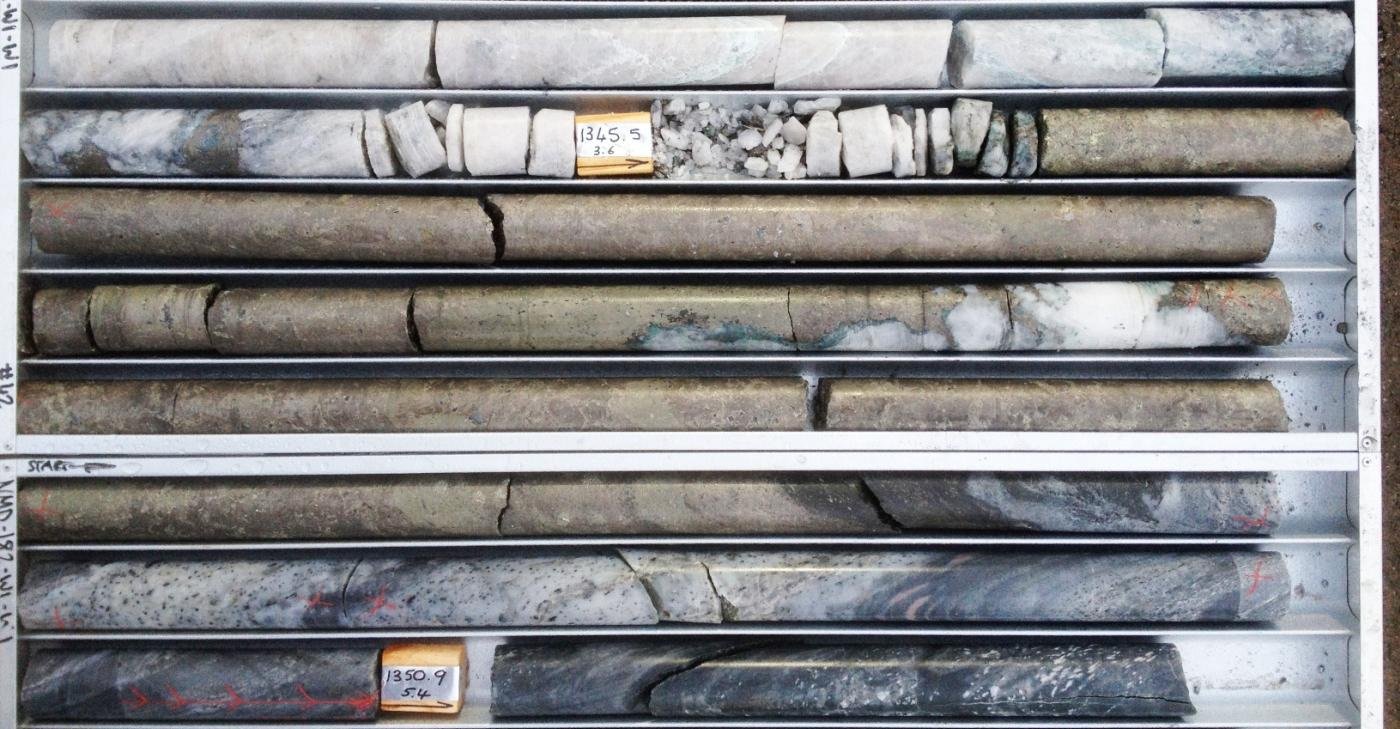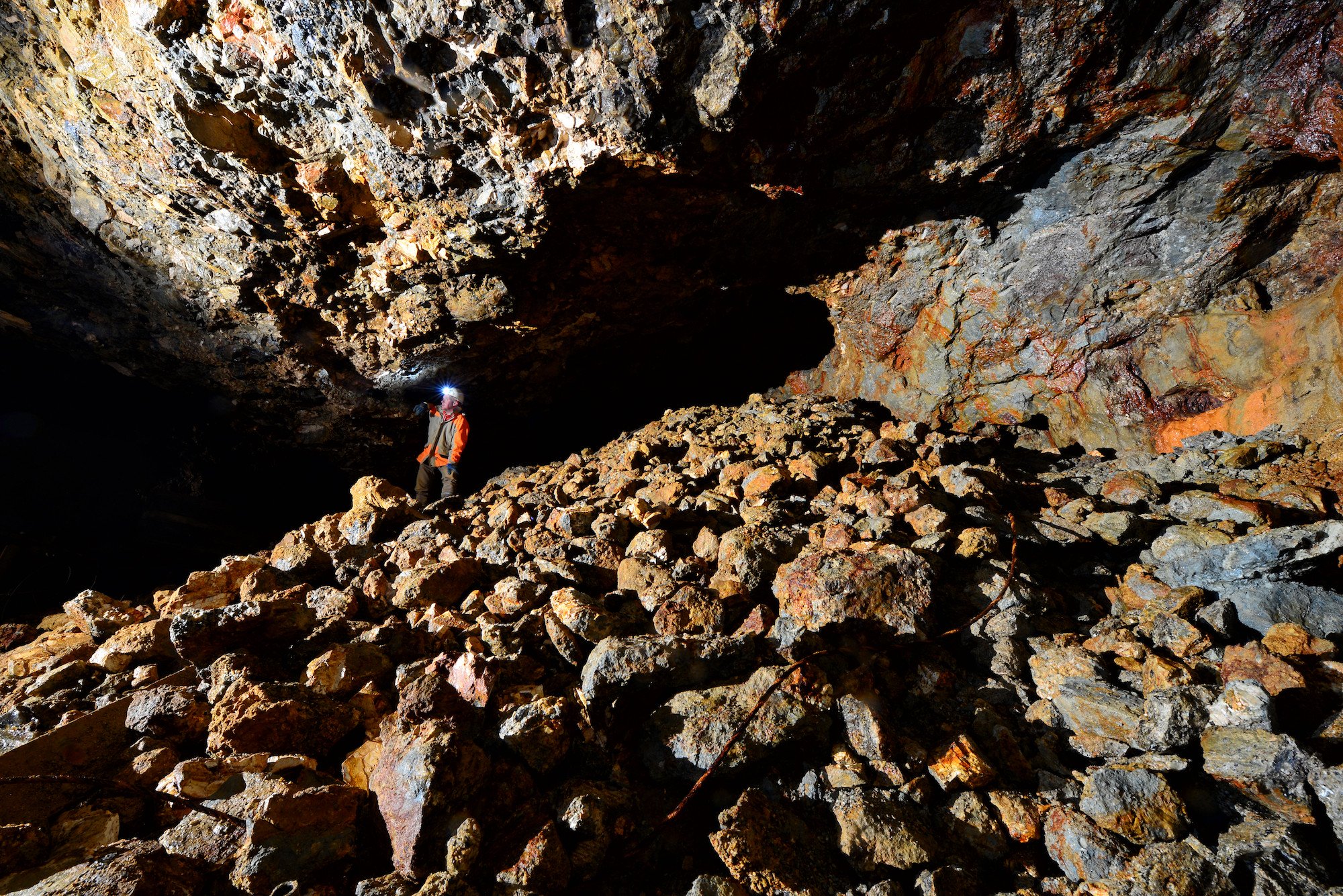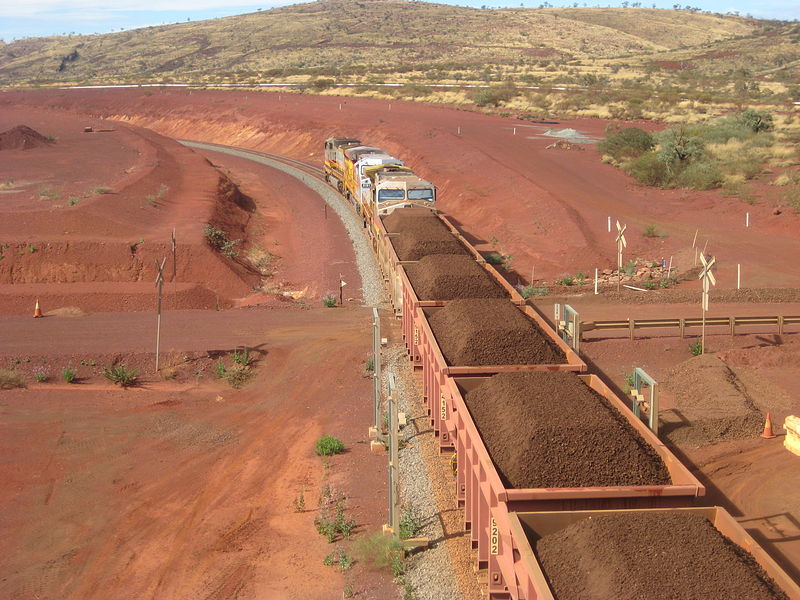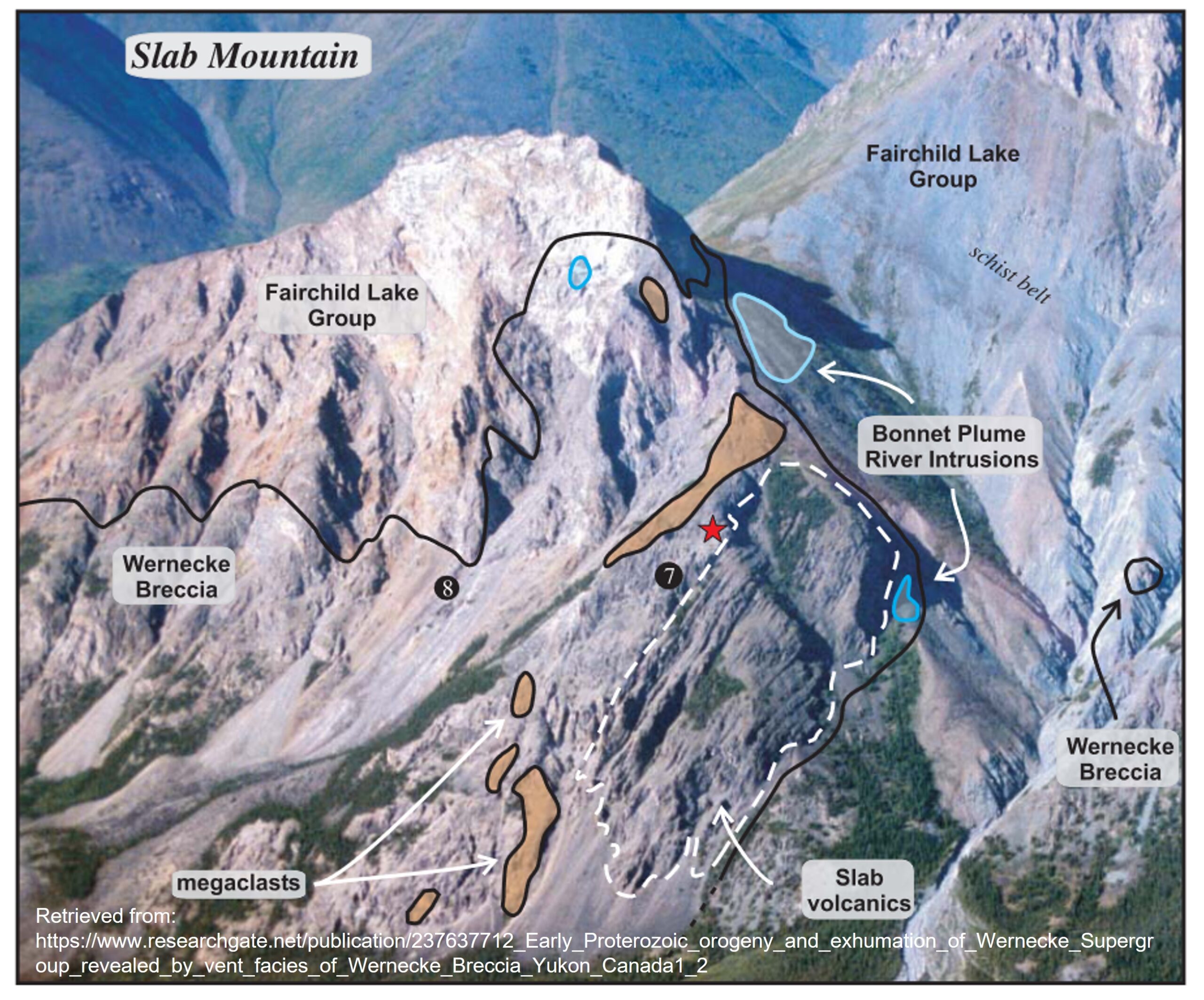Kaminak seems excited about finding the new oxide gold zone. They may be thinking that processing and extracting gold from it may provide some early cash flow to fund later developments
[box type=”info” align=”aligncenter” ]Disclaimer: This is an editorial review of a public press release and may include opinions or points of view that may not be shared by the owners of geologyforinvestors.com or the companies mentioned in the release. The editorial comments are highlighted so as to be easily separated from the release text. Please view the full release here.[/box]
VANCOUVER, BRITISH COLUMBIA–(Marketwired – Oct. 10, 2013) – Kaminak Gold Corporation (TSX VENTURE:KAM) today announced the drill discovery and delineation of a new oxide gold zone on the Company’s Coffee Gold Project referred to as “Sumatra”. Drilling successfully identified shallow, oxidized gold-bearing structures over 500 metres (m) of mineralized strike with highlights of 15.78 grams per tonne gold (g/t Au) over 3.05m from 1.52m downhole in CFR0513 and 5.72g/t over 4m from 75m depth in CFD0331. The Sumatra Zone is associated with a northeasterly trending gold-in-soil anomaly (>1km in length) and an aeromagnetic lineament (>2km in length) interpreted to connect to the western extension of the Latte Zone and the western edge of the of the Supremo Zone. The 2013 Coffee drill program is ongoing and over 50,000m have been drilled so far this year.
[box type=”note” align=”aligncenter” ]Gold in oxidized mineralization is usually easier and cheaper to extract because the weathering of sulfides effectively liberates the minute gold particles from sulfide mineral grains. This exposes more particles to the cyanide and/or acid solution during extraction, which in turn allows more gold to be dissolved. When trapped in sulfides, roasting of the mineralized material is normally required to free the gold. This requires energy, which is an additional cost best avoided. Since the gold in oxides can be extracted at a lower cost the cut-off grade for gold hosted in oxides is generally lower. Kaminak is using a cut-off grade of 0.5 g/t for oxides and 1.0 g/t for gold hosted in sulfides.
Kaminak may be thinking that processing and extracting gold from oxide zones it may provide some early cash flow to fund later developments.[/box]
[box type=”note” align=”aligncenter” ]The Coffee Gold Project is located in the emerging White Gold District of the Yukon Territory, Canada. Below is a map showing the project’s location.[/box]

Eira Thomas, CEO, commented: “The Sumatra discovery demonstrates continued success in drilling gold-in-soil anomalies on the Coffee property and highlights the prospectivity of more than 25 km of untested, priority gold-in-soil anomalies that remain throughout the property.”
About the Sumatra Zone
Drilling targeted a 1.2km northeast striking +25ppb gold-in-soil anomaly located approximately 0.5km north of Latte and west of Supremo. Drilling intersected two separate, variably oriented mineralized structures:
- A NE-SW striking structure parallel with the aeromagnetic lineament, dipping steep to moderate to the NW. Highlight drill intercepts to date include: 0.99g/t over 30.48m from 135.64m depth in CFR0499, which is interpreted to have drilled obliquely down the structure, and 1.54g/t Au over 16.77m from 4.57m in CFR0514. Mineralization is interpreted to extend over at least 500m strike length and remains open along strike to the southwest beneath un-drilled gold-in-soil anomalies. To the northeast, it merges into the Supremo T1 Zone.
- An E-W striking structure, dipping steeply to the south. Highlight drill intercepts to date include: 15.78g/t Au over 3.05m from 1.52m, 5.26g/t Au over 9.14m from 22.86m, and 6.78g/t Au over 4.57m from 51.82m in CFR0513, which is interpreted to have drilled obliquely down the structure; 5.72g/t over 4m from 75m depth in CFD0331; and 3.86g/t Au over 6.09m from 132.59m. Mineralization is interpreted to extend over at least 600m strike length and remains open along strike to the west beneath the un-drilled portion of the gold-in-soil anomaly. To the east, it intersects with the Supremo T2 Zone.
[box type=”note” align=”aligncenter” ]Provided that the gold-in-soil anomalies are in situ occurrences, the strategy of first locating geochemical anomalies through a detailed soil sampling survey followed by a targeted drilling campaign is a sound methodology. Many ore deposits have been found this way. The reason being that soils of a residual origin are derived from the weathering of underlying rock. So, there is often a direct geochemical link between soil and the underlying material. There are exceptions though. Geochemical soil sampling can at times be unreliable, where under the action of gravity, ice, water and wind, soil has been transported from its original site of formation. This can produce anomalies that are not related in anyway to the underlying rock.[/box]
[box type=”note” align=”aligncenter” ]Below, we’ve provided a couple of relevant cross-sections obtained from Kaminak’s corporate website. They show how Kaminak determined that drill-holes CFR0499 and CFR0513 intersected the mineralization obliquely.[/box]
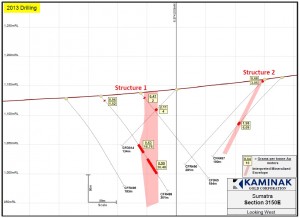

Approximately half of the 1.2km Sumatra gold-in soil anomaly remains undrilled. Both structures are open to the west beneath strongly anomalous gold-in-soils, which extend over 600m along trend then terminate at a zone of permafrost, which renders soil sampling ineffective. Interpretation of the magnetic data suggests the underlying bedrock structure continues for an additional 800m to the southwest before merging with or intersecting the Latte Structure, and therefore, represents a high priority exploration target.
[box type=”note” align=”aligncenter” ]The trick is to find the high grade zones within the mineralized structure. It is unlikely that the entire length of the mineralized structure has the same grade. Mineralizing fluids normally find preferred pathways or conduits along a structure. This results in localised regions of higher grades within predominantly lower grades. This uneveness in the gold anomalism is evident in the soil geochemistry map that we obtained from Kaminak’s corporate website. See below.[/box]
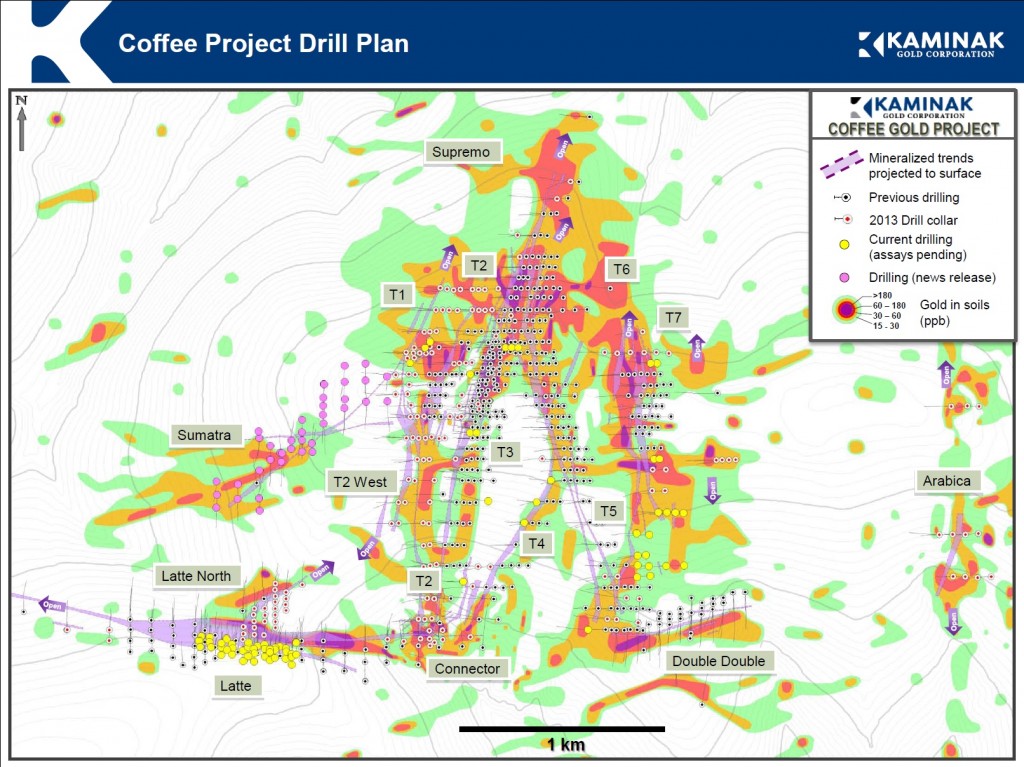
Sumatra Drill Results
| Drill Hole | From (m) |
To (m) |
Width (m)* |
Weighted grade (g/t Au) |
| CFR0496 | 3.05 | 6.10 | 3.05 | 0.68 |
| CFR0497 | 105.16 | 111.25 | 6.09 | 1.98 |
| CFR0498 | No Significant Value (NSV) | |||
| CFR0499** | 106.68 | 123.44 | 16.76 | 0.63 |
| And | 135.64 | 166.12 | 30.48 | 0.99 |
| CFR0510 | 30.48 | 33.53 | 3.05 | 1.00 |
| CFR0511 | 59.44 | 62.48 | 3.04 | 1.00 |
| CFR0512 | NSV | |||
| CFR0513** | 1.52 | 4.57 | 3.05 | 15.78 |
| And | 22.86 | 32.00 | 9.14 | 5.26 |
| And | 51.82 | 56.39 | 4.57 | 6.78 |
| CFR0514 | 4.57 | 21.34 | 16.77 | 1.54 |
| CFR0515 | NSV | |||
| CFR0516 | 30.48 | 33.53 | 3.05 | 0.95 |
| CFR0517 | NSV | |||
| CFR0518 | NSV | |||
| CFR0519 | 182.88 | 187.45 | 4.57 | 1.39 |
| CFR0520 | 15.24 | 18.29 | 3.05 | 1.14 |
| CFR0521 | 117.35 | 121.92 | 4.57 | 3.04 |
| And | 156.97 | 172.21 | 15.24 | 2.09 |
| CFR0536 | 99.06 | 100.58 | 1.52 | 1.16 |
| CFR0537 | NSV | |||
| CFR0538 | 196.60 | 198.12 | 1.52 | 1.09 |
| CFR0539 | NSV | |||
| CFR0540 | 120.40 | 121.92 | 1.52 | 2.19 |
| CFR0541 | NSV | |||
| CFR0542 | NSV | |||
| CFR0543 | 132.59 | 138.68 | 6.09 | 3.86 |
| And | 143.26 | 150.88 | 7.62 | 2.29 |
| CFR0544 | NSV | |||
| CFD0314 | 47.00 | 51.00 | 4.00 | 2.11 |
| CFD0315 | 242.00 | 249.00 | 7.00 | 1.94 |
| CFD0316 | NSV | |||
| CFD0317 | 170.00 | 171.00 | 1.00 | 4.14 |
| CFD0318 | 71.00 | 81.00 | 10.00 | 1.68 |
| CFD0319 | 59.00 | 61.00 | 2.00 | 2.53 |
| CFD0320 | 20.00 | 24.00 | 4.00 | 4.31 |
| CFD0321 | 99.00 | 100.00 | 1.00 | 5.24 |
| CFD0322 | 68.00 | 69.00 | 1.00 | 1.40 |
| CFD0328 | 84.00 | 88.00 | 4.00 | 3.71 |
| CFD0329 | 150.00 | 153.00 | 3.00 | 1.79 |
| CFD0330 | NSV | |||
| CFD0331 | 75.00 | 79.00 | 4.00 | 5.72 |
* True width estimated at approximately 2/3 down-hole length.
** Intercept drilled sub-parallel or oblique to strike of mineralized structure.
[box type=”note” align=”aligncenter” ]Not too many companies come clean on the issue of apparent vs true thicknesses. Kaminak deserves a pat on the back for saying that some of their drill holes were drilled obliquely down the structure giving apparently thick mineralized intervals of up to 30 metres.[/box]
All maps, sections and assay sheets are currently available on the Kaminak website, www.kaminak.com.
QA / QC
Kaminak’s disclosure of a technical or scientific nature in this press release has been reviewed and approved by Rory Kutluoglu, P.Geo., Exploration Manager of Kaminak Gold Corporation, who serves as a Qualified Person under the definition of National Instrument 43-101. Quality assurance and quality control procedures include the systematic insertion of blanks and standards into the drill sample string. Samples are placed in sealed bags and shipped directly to the ALS Minerals preparatory laboratory in Whitehorse prior to gold fire assay.
[box type=”note” align=”aligncenter” ]For more background on the QA/QC of geochemical data read our article. The insertion of duplicates is an important part of QA/QC that is not mentioned in the above statement.[/box]
On behalf of the Board of Directors of Kaminak
Eira Thomas, President and CEO
Kaminak Gold Corporation
For further information about Kaminak Gold Corporation or this news release, please visit our website at www.kaminak.com.
[toggle title=”We’ve skipped some of the boilerplate. You can read it in here.” state=”close” ]
Neither the TSX Venture Exchange nor its Regulation Services Provider (as that term is defined in the policies of the TSX Venture Exchange) accepts responsibility for the adequacy or accuracy of this release.
Caution Concerning Forward-Looking Statements
Certain disclosures in this release, including management’s assessment of the future potential of the Coffee Project and future exploration programs, constitute forward-looking statements that are subject to numerous risks, uncertainties and other factors relating to Kaminak’s operations as a mineral exploration company that may cause future results to differ materially from those expressed or implied in such forward-looking statements, including risks as to the completion of the plans and projects. Readers are cautioned not to place undue reliance on forward-looking statements. Except as required by law, Kaminak expressly disclaims any intention or obligation to update or revise any forward-looking statements, whether as a result of new information, future events, or otherwise.
Cautionary Note concerning estimates of Inferred Resources:
This news release uses the term “inferred resources”. Inferred resources have a great amount of uncertainty as to their existence, and great uncertainty as to their economic and legal feasibility. It cannot be assumed that all or any part of an Inferred Mineral Resource will ever be upgraded to a higher category. Under Canadian rules, estimates of Inferred Resources may not form the basis of feasibility or other economic studies. Kaminak advises U.S. investors that while this term is recognized and required by Canadian regulations, the U.S. Securities and Exchange Commission do not recognize it. U.S. investors are cautioned not to assume that part or all of an inferred resource exists, or is economically or legally minable.
[/toggle]
[box type=”success” align=”aligncenter” ]Have a company or release you’d like us to look at? Let us know though our contact page, through Google+, Twitter or Facebook.[/box]

